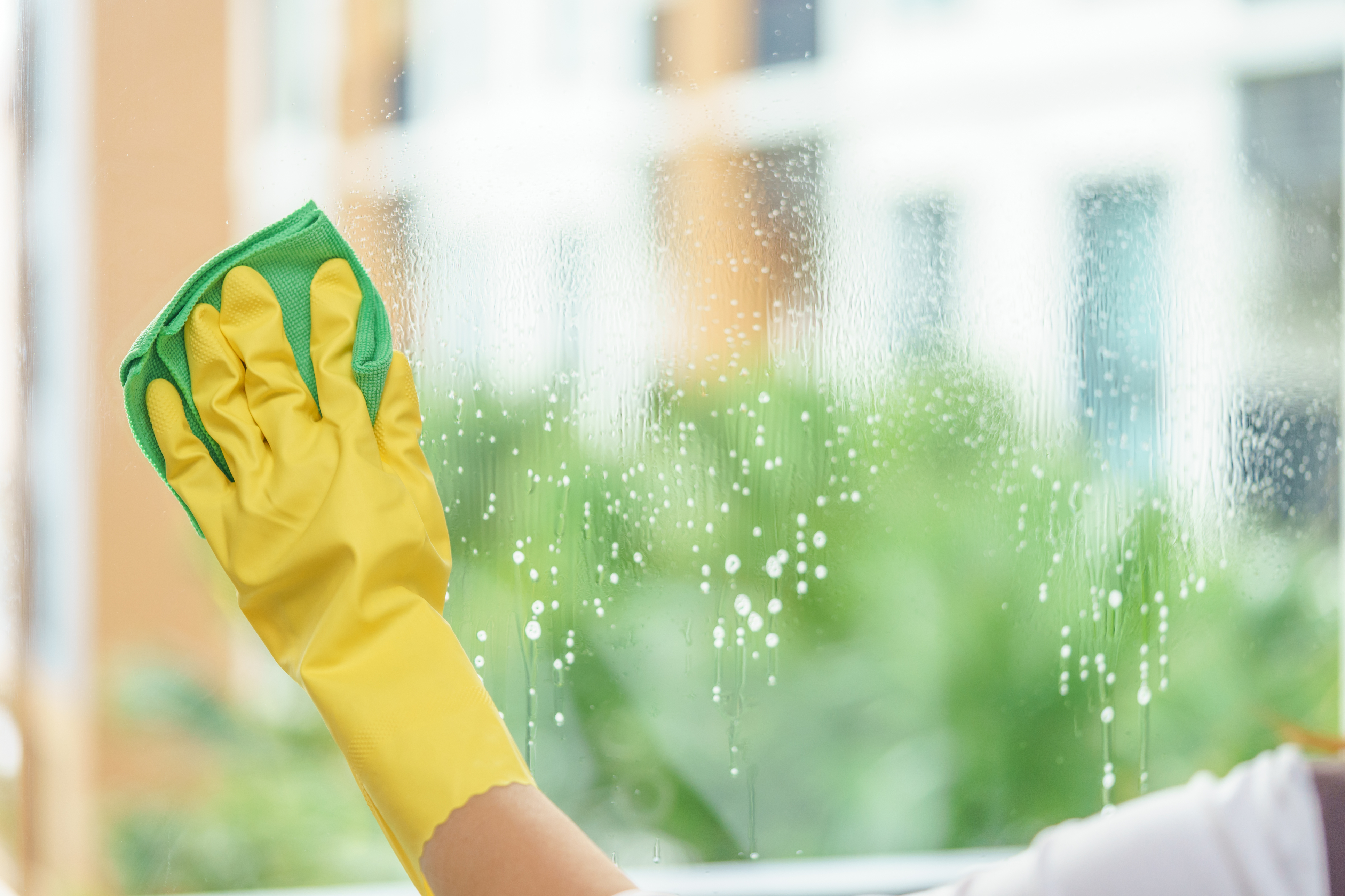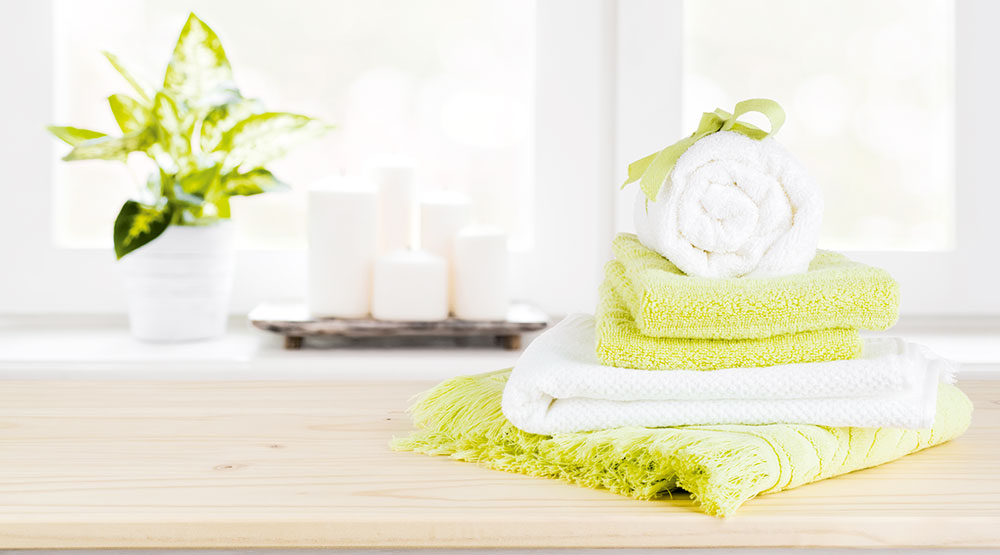
A pre-purchase risk assessment is important within the cleaning industry, particularly with the purchase of plant, equipment and hazardous chemicals.
The process is important to ensure that each aspect of the purchase has been reviewed in order to buy the most suitable item of equipment for the job.
When working in the telecommunications industry I recall the purchase of an item from overseas where a pre-purchase risk assessment was not completed. The unit was substantially cheaper than units sold locally within Australia. The costly issues noted with the new item were:
- It was shipped with asbestos protective surrounds
- Its electrical connections did not comply with Australian standards
- The instruction manual was written in another language
- Its dimensions and weight were different to what was expected
A detailed pre-purchase risk assessment may have avoided these issues.
Pre-purchase risk assessment is very important, it may be an idea to have the piece of equipment presented at a management meeting so all sectors of management can consult and provide feedback.
This meeting may involve a demonstration of the new piece of equipment before a trial can be considered. Furthermore, it may be advantageous to trial the equipment in the field and request opinions of cleaners that will be using the item.
Using an example of a new and innovative backpack vacuum cleaner, the areas for consideration in the purchasing process may consider:
- Weight
- Future maintenance requirements
- Noise output
- Filter requirements
- Power source (cord or battery)
- Storage requirements
- Training requirements (and if the supplier provides training)
- Useability and functionality
- Storage and maintenance
- Any general or ergonomic hazard considerations (e.g. Are the shoulder straps durable and comfortable?)
- Does it meet Australian standards?
- Are instruction manuals provided in English?
- Can the supplier provide a warranty?
- Test and tag requirements
- How verification and inspection of the received product shall occur
It is important to note a cordless vacuum may be an attractive option, however, factors such as battery charge times and power output may work against the purchase. Again, the importance of an informed management decision is vital.
Another example is the purchase and use of hazardous chemicals which must be outlined in procedures. Such requirements may include:
- Whether a safety data sheet (SDS) is provided
- Whether a product data sheet, or any other association wall charts or documentation has been provided
- Does the chemical meet the requirements of any Australian standards?
- Is the safety data sheet less than five-years old?
- Has the chemical undergone risk assessment?
- Storage and transport requirements
- Diluting factors
- Labelling requirements
- Spray bottle label printing
- Delivery requirements
- Will the chemical create fumes that need to be controlled?
- Is personal protective equipment obtainable and available?
- Does an effective non-hazardous chemical exist on the market?
- What quality, safety and/or environmental certifications does the supplier hold?
When considering the purchase of equipment, plant and substances, it is important to follow a hierarchy of controls-based process. This is outlined below:
- Elimination: If the equipment, plant or substance is identified as a risk and is not necessary, then don’t purchase it hence eliminating the hazard completely.
- Substitution: Can the product be replaced with a less hazardous option?
- Isolation: Does it need to be locked away in order to control its risk?
- Engineering: Does the existing work environment require modification to control the hazard? For example, a fixed guard for a bin lifter.
- Administrative: Do existing work procedures need adjustment in order to reduce any risks the new item may present?
- Training: What additional training shall be required in order to work with the new item?
- Personal protective equipment: What personal protective equipment will be required to work with the new item?
For suppliers that provide materials and equipment pre-commencement assessment of their systems and annual follow up is a good approach.
A questionnaire-based assessment may cover:
- The full range of the supplier’s products
- The supplier’s processes, capabilities and references
- What quality system they work with and may be certified to
- Whether they have any objection to a site visit
- Questions relating to legislation such as Modern Slavery and where they source certain items.
This article aims to be a brief introduction outlining the importance of pre-purchase risk assessment.
The primary focus needs to remain on identifying, assessing and controlling hazards prior to purchase of the new product.
The process of pre-purchase risk assessment is an evolving one, moving with market innovations and new purchases over time.
The area of pre-purchase risk assessment is certainly an area for future continuous improvement within the cleaning industry.
This article first appeared in the July/August issue of INCLEAN magazine.
Comment below to have your say on this story.
If you have a news story or tip-off, get in touch at info@3.106.117.80.
Sign up to INCLEAN’s newsletter.





